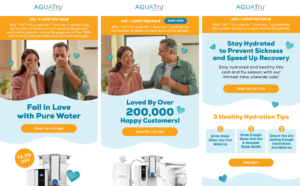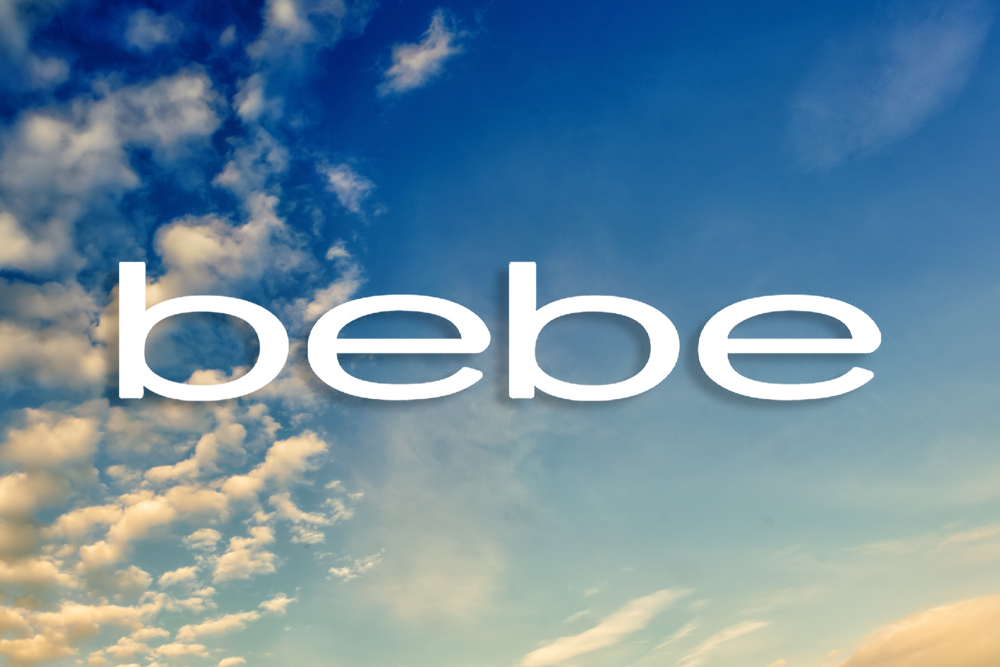As we scale to more sophisticated audience targeting, using automation and machine learning, we’ll also need to develop smarter customer journeys that will drive engagement for a 2021 customer. Great design can help translate a highly personalized experience that’s both memorable and effective.
- Consistent brand experience. Subscribers are wading through an inbox full of pleas for their attention. Brands should deliver a message that not only feels relevant, timely, but tells a cohesive story, throughout their emails. Start with an email style guide – nail down web-safe fonts, image styles, and formatting rules for elements like fonts, CTA buttons, and headers. Use this to build email campaigns with a uniform design to help reinforce the brand in the reader’s mind
- Templates that enable personalization. Building a core set of modular templates can make it easier to pull in dynamic content. The design should be on-brand, and include plug and play modules with personalized messaging based on recent engagement. For example, product recommendations or customer testimonials for a product they’ve recently browsed.

- Surprise and delight content. Include content that enhances the message in a fresh and inviting way. Use an animated gif to grab the viewer’s attention and make sure it serves a distinct purpose, whether that’s highlighting product features, like for Brayola, or to bring playfulness personalization.
.gif)
- Clean layouts and minimalism. Many marketers try to cram multiple messages into their emails, which results in a cluttered layout and confusing takeaways. A “less is more” approach, with clear CTA’s, can increase engagement by delivering emails that are easier to scan, and stand out more in the inbox. A strong sense of hierarchy and a minimal color palette create seamless emails that lead the eye through the layout. Allow negative space to provide breathing room between elements, and pay attention to the alignment of text and images. Avoid using too many conflicting colors, fonts, and sizes that make a busy and disjointed experience.






